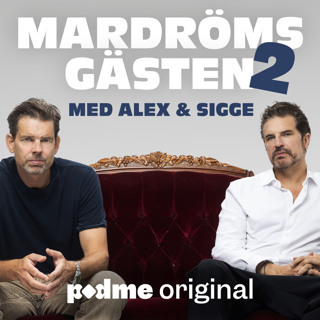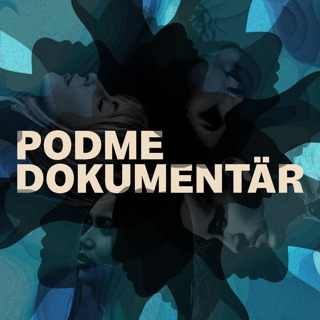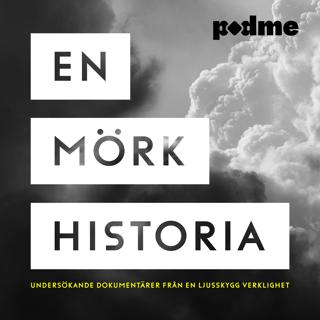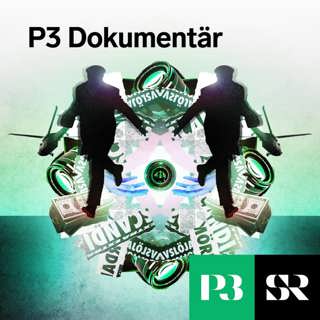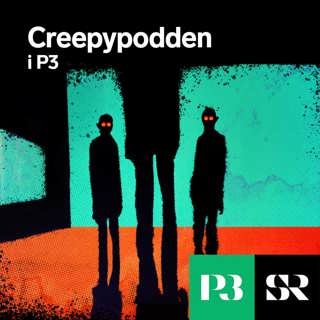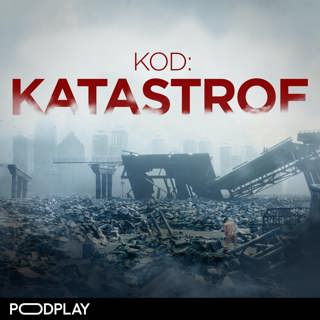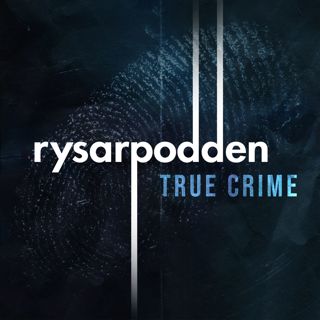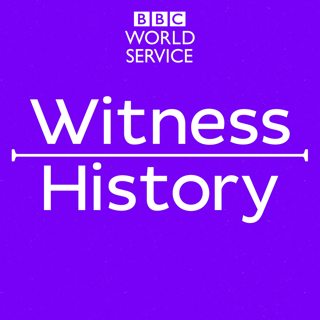
The Whitewashing of Zimbabwe's Ancient History
When colonial explorers discovered an ancient ruined city in Zimbabwe, they claimed foreigners must have built it. They denied the probability that it was the work of a great African civilisation that dominated southern and east Africa with its trade in gold. After independence Zimbabwe was able to reclaim its full heritage. Rebecca Kesby spoke to Dr Ken Mufuka - the historian who was tasked with rewriting the history books. (Photo; The iconic tower in the Great Enclosure of the Great Zimbabwe National Monument. It's one of the most important archaeological sites in Africa and is a UNESCO World Heritage Site. Credit; Getty Creative.)
24 Juli 201811min

The Kitchen Debate
US Vice President Richard Nixon and Soviet leader Nikita Khrushchev had an argument about living standards when Nixon visited Moscow in 1959. They spoke at an exhibition of a 'typical' American house full of modern domestic appliances.Photo: The two leaders surrounded by press at the exhibition in Moscow, 1959. (Photo credit: Universal History Archive/UIG via Getty Images)
24 Juli 20188min

South Korea's Summer Of Terror
At the start of the Korean war in 1950, tens of thousands of suspected communist sympathisers were executed by the South Korean military. The regime feared they might support the North Korean invaders. Many of them were political prisoners, who were taken from their cells and shot dead. Mike Lanchin has been hearing from Gaeseong Lee, whose father was a prisoner at Daejeon jail when he was killed.Photo:Gaeseong Lee as a small child with his parents. Copyright: Gaeseong Lee.
23 Juli 20188min

A Vet Remembers The Hyde Park Bombing
Two IRA bombs were detonated in Hyde Park and Regent's Park in London on 20th July 1982. They left 11 military personnel dead, and injured around 50 people. Seven horses were also killed as the Hyde Park bomb was detonated during the Changing of the Guard procession. Karen Gregor has been speaking to former Army vet, Paddy Davison, who was called to the scene.Photo: The covered bodies of horses lying in the road after the Hyde Park bombing. Credit: BBC
20 Juli 20188min

The Nuclear Non-Proliferation Treaty
In July 1968 one of the most significant international treaties of the 20th-century was signed. The Nuclear Non-Proliferation Treaty was aimed at stopping the spread of nuclear weapons, obliging signatories not to pass nuclear technology on to others, and was the result of rare cooperation between Cold War adversaries, the United States and the Soviet Union. Louise Hidalgo talks to former Soviet diplomat, Roland Timerbaev, who helped draft the treaty.Picture: the mushroom cloud created by the explosion of an atomic bomb on the Japanese city of Hiroshima on 6th August 1945 (credit: Press Association)
19 Juli 20189min

The Bombing of the King David Hotel
On July 22 1946 an armed Jewish group opposed to British rule in Palestine, attacked the iconic hotel in Jerusalem where the British had their headquarters. 91 people were killed in the bombing, dozens of others were injured. Shoshana Levy Kampos was a 21-year-old Jewish woman who worked for the British as a secretary. She tells Mike Lanchin about her lucky escape. Photo: Scene of wrecked King David Hotel in Jerusalem after bombing (Photo by Fox Photos/Getty Images)
18 Juli 20188min

The Virgin Lands Campaign
To fight food shortages in the 1950s the USSR embarked on a major agricultural project to develop vast areas of previously uncultivated land in northern Kazakhstan. The project attracted hundreds of thousands of enthusiastic volunteers, but decades later it led to environmental problems. Dina Newman spoke to an agricultural volunteer, Rimma Busurova. Photo: Rimma Busurova and her classmates outside their dormitory in northern Kazakhstan; credit: Rimma Busurova family archive.
17 Juli 20189min

The Killing of the Russian Tsar
The Russian Tsar Nicholas II and his wife, four daughters and young son, were shot in the cellar of a house in Yekaterinburg on 17 July 1918. Olga Romanoff is his great niece. She spoke to Olga Smirnova about his death and eventual reburial in St Petersburg. (Photo: Nicholas II, Tsar and his family. From left to right - Olga, Maria,Tsar Nicholas II,Tsarina Alexandra, Anastasia, Tsarevitch Alexei and Tatiana. Credit: Press Association
16 Juli 20188min


